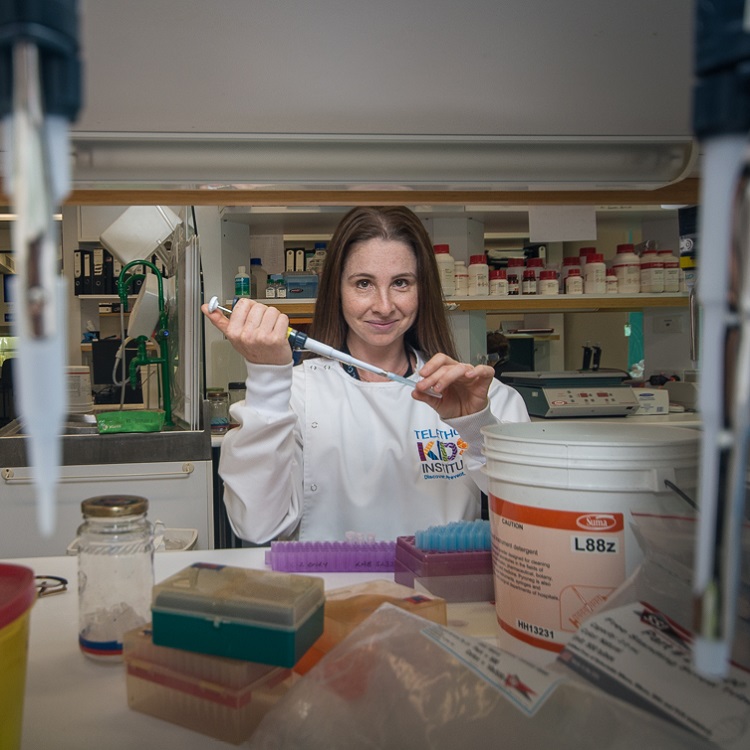Search
Research
Nutritional approaches for the primary prevention of allergic disease: An updateThe dramatic rise in early childhood allergic diseases indicates the specific vulnerability of the immune system to early life environmental changes.
Research
Heat-mediated reduction of apoptosis in UVB-damaged keratinocytes in vitro and in human skin ex vivoUVB-induced p53-mediated cell cycle arrest and apoptosis are reduced in the presence of heat stress, leading to increased survival of DNA damaged cells
Research
Gene regulation by 1,25-dihydroxyvitamin D3 in CD4+CD25+ cells is enabled by IL-2Vitamin D may be responsible for reducing the development and severity of autoimmune and allergic diseases. Topically applied 1,25-dihydroxyvitamin D(3) (1,25(O
Research
Pre-and Postnatal Vitamin D Status and Allergy Outcomes in Early ChildhoodThe dramatic increase in the prevalence of allergic disease in recent decades reflects environmental and behavioural changes that have altered patterns of early immune development. The very early onset of allergic diseases points to the specific vulnerability of the developing immune system to environmental changes and the development of primary intervention strategies is crucial to address this unparalleled burden.
Research
Sun-health behaviours and attitudes towards sun safety amongst Australian teenagers: a qualitative updateThis study aimed to explore current attitudes towards sun protection, and sun-seeking behaviour among young Australian adolescents. It was done as part of a larger project aiming to develop a digital resource to support young people in making informed sun-health decisions.
Research
Developing an Online Tool to Promote Safe Sun Behaviors With Young Teenagers as Co-researchersDespite education about the risks of excessive sun exposure, teenagers in Australia are sun-seeking, with sunburn common in summer. Conversely, some regular (time-limited) exposure to sunlight (that avoids sunburn) is necessary for vitamin D and healthy bones and other molecules important for immune and metabolic health. New interventions are thus required to better support teenagers to make healthy and balanced decisions about their sun behaviors.
Research
The challenges of developing and optimising an assay to measure 25-hydroxyvitamin D in salivaWe have developed an LC-MS/MS assay that accurately measures saliva 25(OH)D3 levels, which correlated with serum levels
Research
Characterising nitric oxide-mediated metabolic benefits of low-dose ultraviolet radiation in the mouse: a focus on brown adipose tissueNon-burning (low-dose) UVR suppresses the BAT 'whitening', steatotic and pro-diabetic effects of consuming a high-fat diet through skin release of nitric oxide
Research
Immune-modifying properties of topical vitamin D: Focus on dendritic cells and T cellsTopical creams containing the active form of vitamin D (1,25-dihydroxyvitamin D3; 1,25(OH)2D3) or analogues of this compound are currently used with some succes

News & Events
Government funding for innovative sun safety online tool for teensThe Kids researcher Dr Shelley Gorman has received a Healthway grant to develop an online tool to promote safe sun behaviours to teenagers.
